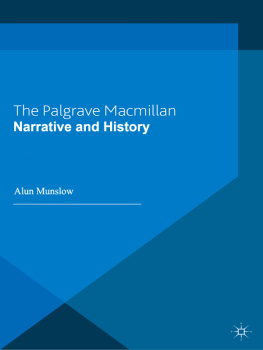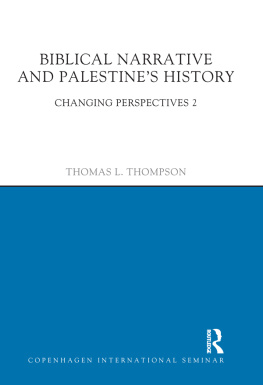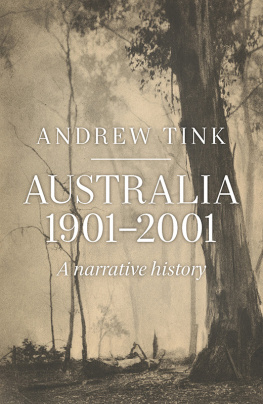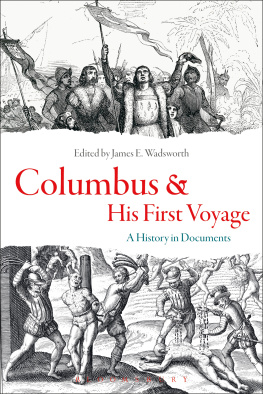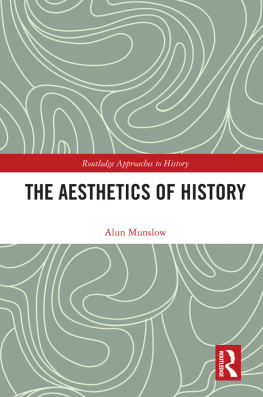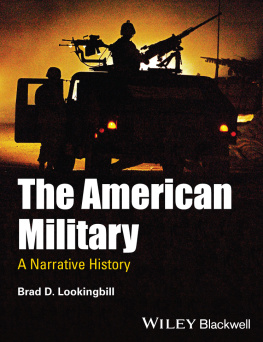Munslow - Narrative and History
Here you can read online Munslow - Narrative and History full text of the book (entire story) in english for free. Download pdf and epub, get meaning, cover and reviews about this ebook. City: Oxford, year: 2018;2007, publisher: Palgrave Macmillan Ltd., genre: Religion. Description of the work, (preface) as well as reviews are available. Best literature library LitArk.com created for fans of good reading and offers a wide selection of genres:
Romance novel
Science fiction
Adventure
Detective
Science
History
Home and family
Prose
Art
Politics
Computer
Non-fiction
Religion
Business
Children
Humor
Choose a favorite category and find really read worthwhile books. Enjoy immersion in the world of imagination, feel the emotions of the characters or learn something new for yourself, make an fascinating discovery.
Narrative and History: summary, description and annotation
We offer to read an annotation, description, summary or preface (depends on what the author of the book "Narrative and History" wrote himself). If you haven't found the necessary information about the book — write in the comments, we will try to find it.
Narrative and History — read online for free the complete book (whole text) full work
Below is the text of the book, divided by pages. System saving the place of the last page read, allows you to conveniently read the book "Narrative and History" online for free, without having to search again every time where you left off. Put a bookmark, and you can go to the page where you finished reading at any time.
Font size:
Interval:
Bookmark:
Narrative and History
Theory and History
Series Editor: Donald MacRaild
Published
Empiricism and History | Stephen Davies |
Social Theory and Social History | Donald M. MacRaild and Avram Taylor |
Narrative and History | Alun Munslow |
Marxism and History | Matt Perry |
Postmodernism and History | Willie Thompson |
Further titles are in preparation
Theory and History
Series Standing Order
ISBN 1403987289
ISBN 9781403987280
(outside North America only)
You can receive future titles in this series as they are published. To place a standing order please contact your bookseller or, in the case of difficulty, write to us at the address below with your name and address, the title of the series and the ISBN quoted above.
Customer Services Department, Macmillan Distribution Ltd,
Houndmills, Basingstoke, Hampshire RG21 6XS, England
Alun Munslow


Alun Munslow 2007
All rights reserved. No reproduction, copy or transmission of this publication may be made without written permission.
No paragraph of this publication may be reproduced, copied or transmitted save with written permission or in accordance with the provisions of the Copyright, Designs and Patents Act 1988, or under the terms of any licence permitting limited copying issued by the Copyright Licensing Agency, 90 Tottenham Court Road, London W1T 4LP.
Any person who does any unauthorised act in relation to this publication may be liable to criminal prosecution and civil claims for damages.
The author has asserted his right to be identified
as the author of this work in accordance with the Copyright,
Designs and Patents Act 1988.
First published 2007 by
PALGRAVE MACMILLAN
Houndmills, Basingstoke, Hampshire RG21 6XS and
175 Fifth Avenue, New York, N.Y. 10010
Companies and representatives throughout the world
PALGRAVE MACMILLAN is the global academic imprint of the Palgrave Macmillan division of St. Martins Press, LLC and of Palgrave Macmillan Ltd. Macmillan is a registered trademark in the United States, United Kingdom and other countries. Palgrave is a registered trademark in the European Union and other countries.
ISBN-13: 9781403987280
ISBN-10: 1403987289
This book is printed on paper suitable for recycling and made from fully managed and sustained forest sources. Logging, pulping and manufacturing processes are expected to conform to the environmental regulations of the country of origin.
A catalogue record for this book is available from the British Library.
A catalog record for this book is available from the Library of Congress.
10 9 8 7 6 5 4 3 2 1
16 15 14 13 12 11 10 09 08 07
Printed in China
As always, for Jane
The completion of any book is an opportunity to thank those who have been a part of its creation. My thanks, therefore, to Robert A. Rosenstone, Keith Jenkins and Beverley Southgate, who gave me the benefit of their thoughts on earlier drafts of this book. I also thank them for showing me, in their different ways, how it is possible to rethink history. More recently I have benefited from working with David Harlan as the US co-editor of Rethinking History: The Journal of Theory and Practice. There are also many other friends and colleagues with whom, for over 30 years of teaching, I shared the academic grind. My thanks to them all. However, I wish particularly to acknowledge the collegiality and the friendship of Owen R. Ashton.
The aim of this book is very simple. It is to explain how historians make, and specifically, writehistory. By that I mean what rules, procedures, figurative and compositional techniques do historians follow and what decisions do they make in order to turn the past into that narrative about it we choose to call history? It follows from what I have just said that the basic assumption behind the book is that history is a form of narrative written by historians. Professional historians are generally well aware of the construction of historical explanations especially the basics of hunting out the sources and the most appropriate ways to work out what they mean. Indeed, many historians have written at length about the techniques of source analysis and inference. However, discussions of the nature of history as a narrative-making exercise have primarily been left to a few philosophers of history who have an interest in what seem to be matters largely irrelevant to practitioners who actually do the job. Because of this deficiency, I offer in this book an introduction to the nature of the history narrative. That requires that I outline the rules of, and functional relationships that exist in, the actual writing of history as a narrative form. I will be illustrating this mainly from twentieth-century historiography.
Clearly, there are many kinds of written as well as non-written narratives. There are novels, films, comics, digital games, university lectures, church windows, ballet, dramatic play, annual reports of accounts and, of course, histories. It is because history is a species of narrative that it is useful to examine how it is created and how it relates to the claims usually made that history explains and offers meaningful interpretations about the past. When we have a general guide to the writing of history, we are better placed to understand how individual histories work and can assess their claims to understanding the nature of the past.
Precisely because history is a form of literature the rules of historical writing or, to be precise, historical authorship are derived from the nature, production and operation of narrative. Though occasionally modified according to the peculiarities of the discipline, the history narrative as with all narratives is concerned with the general process of representation. While, no doubt, a few historians remain blissfully unaware of the status of historical writing as a mode of representation, happily most understand that their fundamental task is the construction of a narrative about the past. It is for this reason that all students of history should have access to a primer that describes that activity. Though this book is necessarily brief, my approach is holistic because I address the theory and practice of historical authorship and historical representation within which the empirical, the analytical and all other aspects of historical study are encompassed.
As you will probably be aware, most what is history? texts still tend to begin with how historians find out what happened in the past according to the sources. They then explain why events occurred as they did and, most important of all, interpret what it all means with the results or findings of this complex activity the explanation and meaning then being put into a prose narrative. In other words, this simple mechanism is said to reproduce the coherent reality of the past, which is then rendered with analytical objectivity as a historical narrative that conveys the most likely truth
Next pageFont size:
Interval:
Bookmark:
Similar books «Narrative and History»
Look at similar books to Narrative and History. We have selected literature similar in name and meaning in the hope of providing readers with more options to find new, interesting, not yet read works.
Discussion, reviews of the book Narrative and History and just readers' own opinions. Leave your comments, write what you think about the work, its meaning or the main characters. Specify what exactly you liked and what you didn't like, and why you think so.

